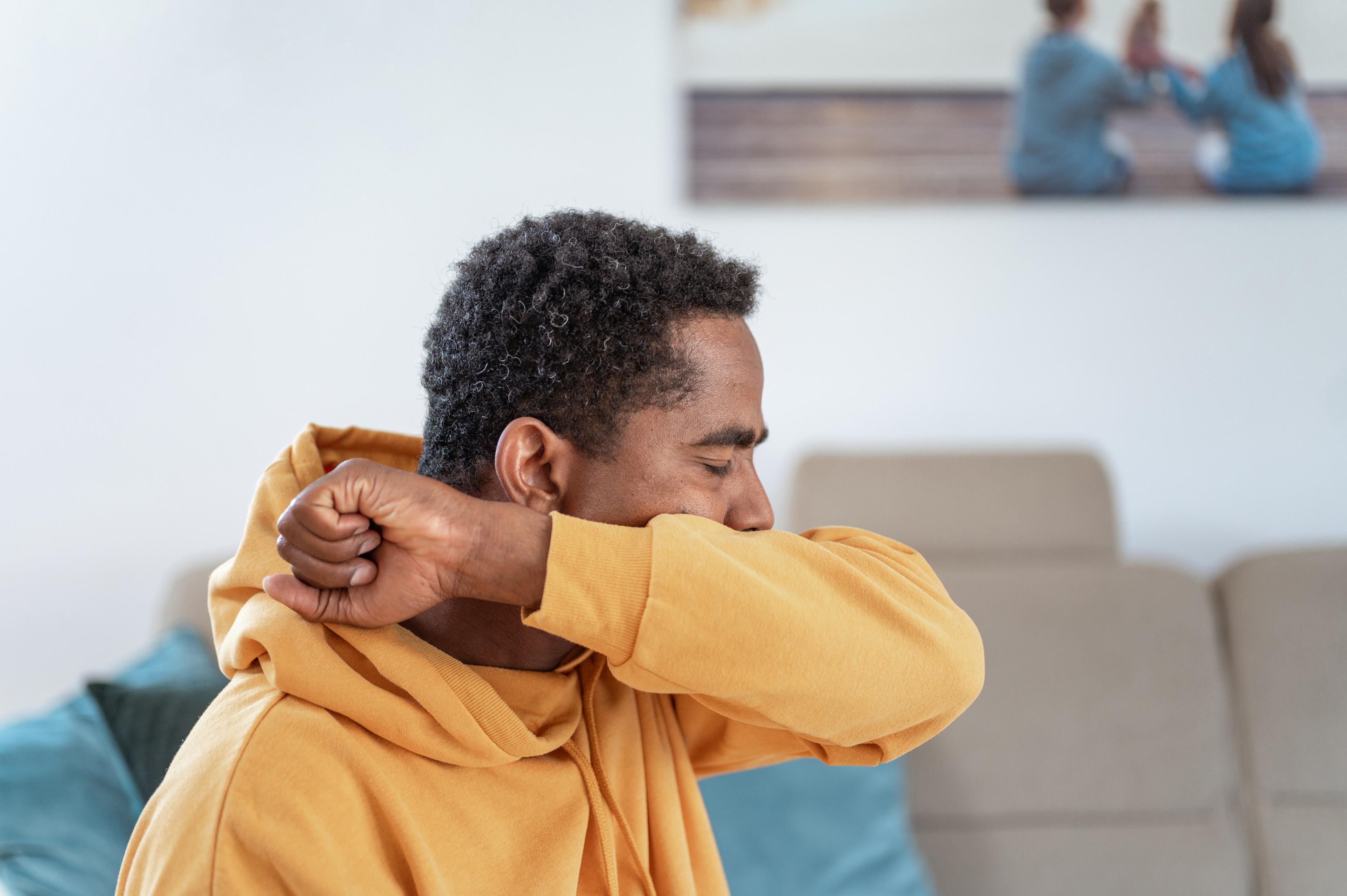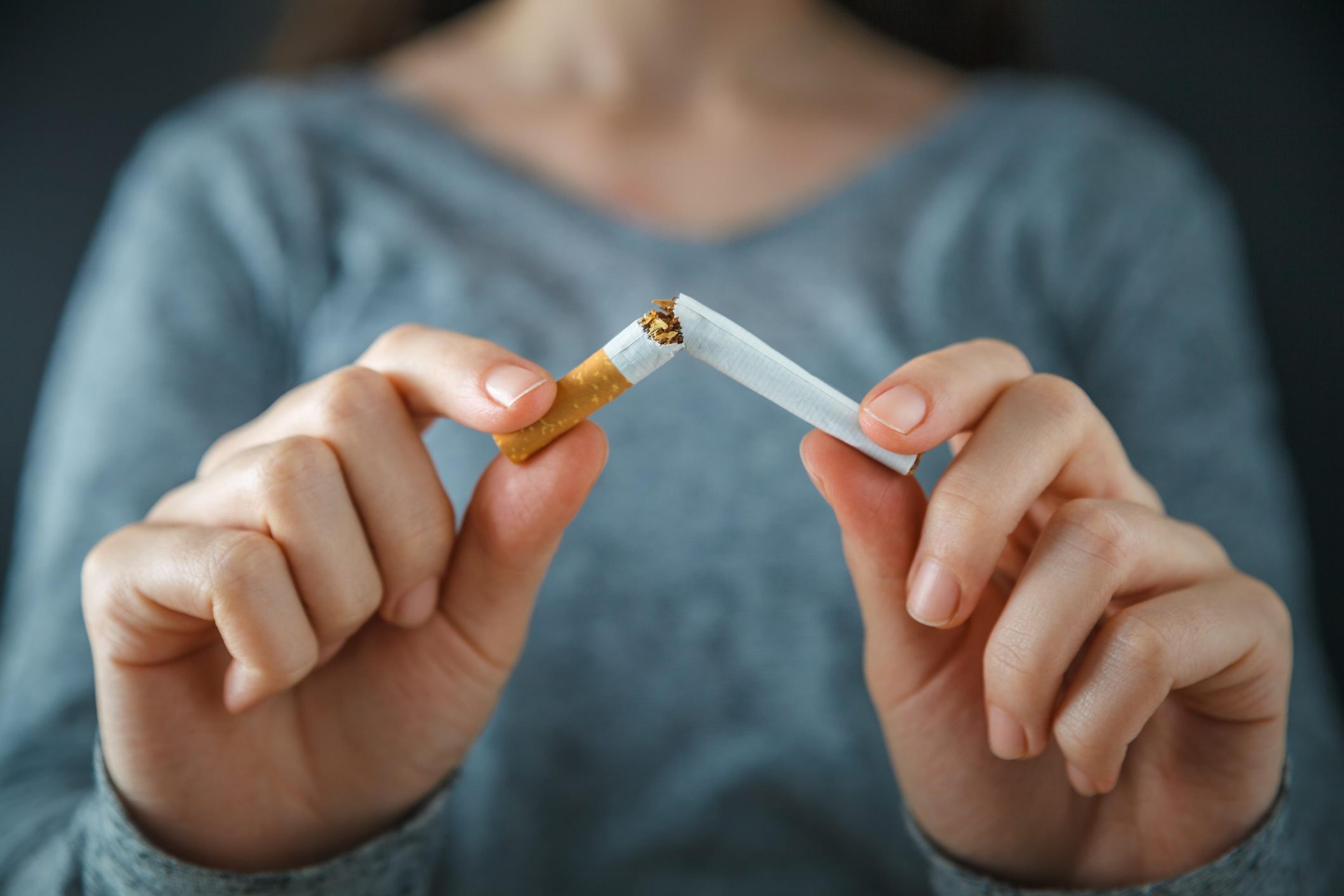Reduce Stress with this Progressive Muscle Relaxation Technique
Krystal Clark
| 3 min read

Stress can have a negative impact on your overall health. You're more susceptible to depression, anxiety, sleep deprivation, and even fatigue. But every stress response is different. For some, it’s mostly mental but for others it can be physiological. “Part of that is elevated heart rate, elevated blood pressure, those things you don't know until you check them,” explained Dr. Duane DiFranco, senior medical director, Health Care Value at Blue Care Network. “Everyone who has dealt with stress… knows that stress [also] leads to muscle tension, usually in the jaw, upper back, shoulders, etc.” While deep breathing and guided imagery can reduce psychological symptoms, progressive muscle relaxation can curb the physiological effects. Like the other methods, it’s a convenient exercise that can be done anywhere at any time. Yet, DiFranco suggests finding a private area where you won’t be disturbed. “You're going to be making some facial grimacing,” said DiFranco. “When you tense your arms, that's going to look a little funny. You might shake a little bit. It's a bit of a physical exercise.” On the latest episode of the A Healthier Michigan Podcast, hosted by Chuck Gaidica, DiFranco discusses progressive muscle relaxation and how to incorporate it into your daily routine. [podcast_player] With this technique, it’s important to focus on one area of the body at a time. To avoid confusion, DiFranco leads the audience through a few sample movements. “Tighten your hands into fists. Continue to breathe deeply and slowly. Tighten the muscles of your arms, your shoulders, your chest, and upper back. Make your fists, arms, chest, and upper back as tight as they can be. Take a deep breath in and hold it for five, four, three, two, and release. Breathe out and relax. Take a deep, cleansing breath now, pausing a second before you breathe out.” The power is in your ability to hold and then release the tension. This allows you to regain control and quickly recover after a stressful event. You can also apply this to other areas such as your face and legs. Progressive muscle relaxation should be a full body experience. Over the past month, DiFranco has introduced three methods for stress reduction: deep breathing, guided imagery, and now progressive muscle relaxation. He recommends listeners make at least one of them a part of their daily routine. “Choose one of these things and decide, when in the next 24 hours are you going to do it? If you do that, you're much more likely to start, and if you start, you're much more likely to keep up with it, and if you keep up with it, you're much more likely to help yourself.” Here’s a list of authors and titles to aid you during the process:
- 10 Minutes to Relax by Paul Overman (iTunes, Amazon)
- Stop Panic – Guided Imagery Series by Marianne Zaugg,
- Stress Stop: Stress Management Training by Stuart McCalley, M.D.
- The Relaxation and Stress Reduction Workbook by Matthew McKay, Martha Davis, etc.
Want to learn more about stress reduction? Visit these blogs:
Photo Credit: Seb_ra





